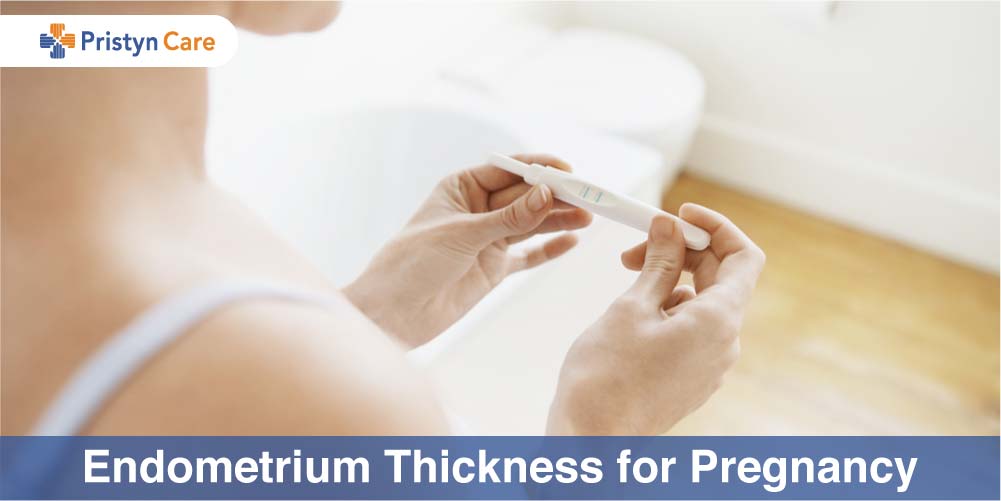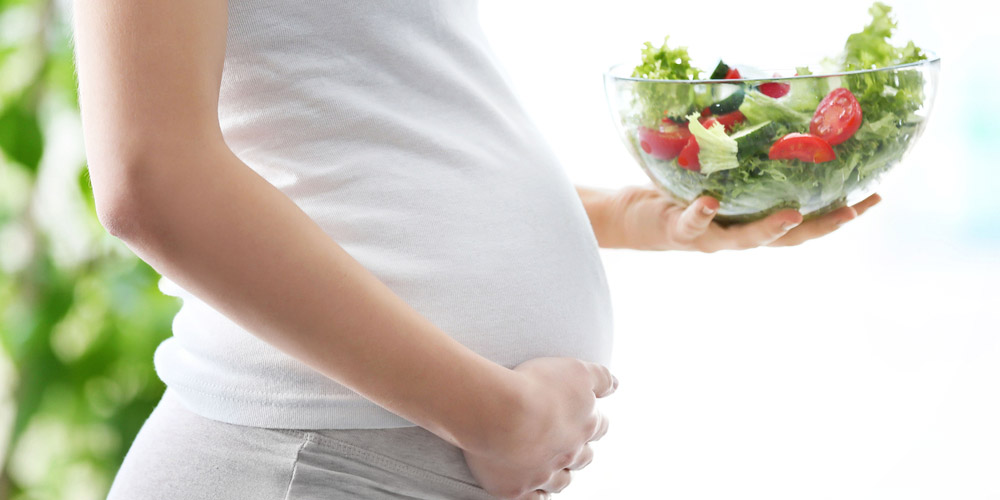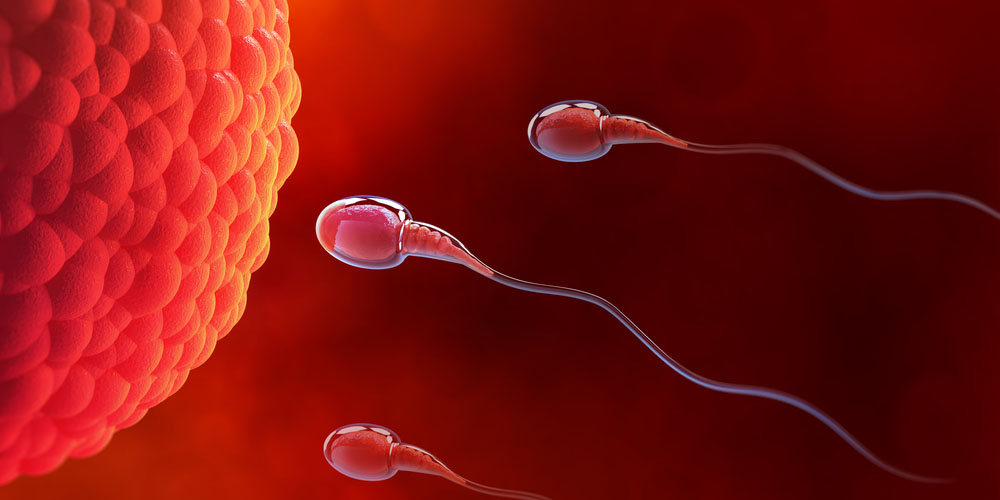
The endometrium is the innermost lining of the uterus. The uterus is one of the few organs of the human body which changes in size every month, throughout the female’s fertile years.
The endometrium is mostly made up of mucosal tissue and has two layers, the stratum basalis and the stratum functionalis. The stratum basalis is attached to a layer of smooth muscle tissue of the uterus known as the myometrium. This layer serves as an anchor for the endometrium of the uterus and remains relatively unchanged. (Also Read: Know about the 4 stages of endometriosis)
However, the second layer is dynamic and changes in response to the monthly hormone flow that guides the menstrual cycle. Because of this reason, it is called the functional layer or stratum functionalis. It is the part of the endometrium where the fertilized egg will implant if the female conceives.
Each month, as part of the period cycle, a female’s body prepares the endometrium to host the embryo. The endometrial thickness increases and decreases during the whole process.
The hormones estrogen and progesterone cause these cycles of endometrial growth. They are also responsible for shedding endometrium through menstruation if the female does not get pregnant.
Table of Contents
Normal Endometrium Thickness

From childhood to sexual maturity, fertile years, and menopause, the normal thickness of the endometrium keeps changing throughout the female’s life.
The endometrium is present but is smaller in young females who have not begun menstruating. However, it will become thicker in the later years as the female grows.
As per RSNA, the Radiological Society of North America, the endometrium is thinnest during periods and usually measures between 2 to 4 millimeters in thickness.
5 to 7 mm Endometrium Thickness

The first half of the proliferative phase (second phase of the uterine cycle) starts around day 6 to 14 of a female’s cycle, or between the end of one period cycle (when the bleeding stops) and before ovulation. In this phase, the endometrium starts getting thicker and may measure between 5 to 7 mm.
11 mm Endometrium Thickness
As the menstrual cycle progresses and goes towards ovulation, the endometrium grows thicker and can measure up to about 11 mm.
16 mm Endometrium Thickness
At around day 14 into a female’s menstrual cycle, the hormones trigger the release of an egg. During this phase, the endometrial thickness is at its greatest and can measure 16 mm.
What should the normal range of Endometrial Thickness be?
The normal range of endometrial thickness is considered between 8-11 mm.
Is 20 mm Endometrial Thickness normal?

Endometrial thickness of or exceeding 20mm is highly suggestive of malignancy (presence or state of malignant tumor or cancer). Endometrium thickness of less than 4mm may indicate benign causes.
Endometrium Thickness for Pregnancy
Endometrial thickness plays an important role in pregnancy. The best chances for a healthy, full-term pregnancy is linked to an endometrium which is neither too thick nor too thin. A normal endometrium allows the embryo to implant successfully and gets the proper nutrition it needs. The endometrium gets thicker in the later phase of the pregnancy.
As per a study published by the NCBI, females with an endometrial thickness of 7 to 8 mm have a decreased pregnancy rate. However, no significant difference was seen on comparing to females with endometrial thickness of 8 to 14 mm.
Source- Website
How to measure Endometrium Thickness?
The most common way to measure the endometrium thickness is by ultrasound. It is suggested by gynecologists mostly if a female complains about abnormal vaginal bleeding.
An ultrasound may not be suitable for some females due to the female’s uterus position or other health conditions. Gynecologists may then use MRI as an alternate.
What should you eat to thicken Endometrium lining in Pregnancy?

- Vitamin E supplementation
- L-arginine supplementation
- Diet rich in whole grains
- Consume oily fish 2-3 times each week
When to visit a Gynecologist

A female should see a gynecologist if she notices any of the following-
- Abnormal vaginal bleeding
- Spotting between periods
- Unusually heavy period flow
- Irregular or short blood flow
- Spotting or vaginal bleeding after menopause
Females experiencing pelvic pain due to an unknown reason should see a gynecologist for evaluation and rule out the risk of endometrial cancer.
Also Read:









